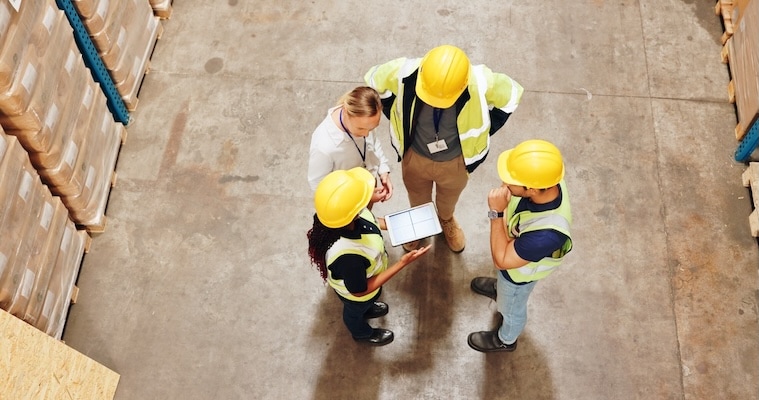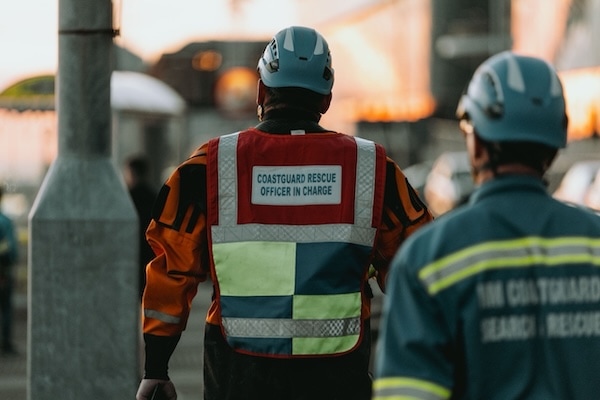Slips and trips are one of the leading causes of accidents in the workplace, leading to a range of injuries from minor bruises to serious fractures. This is why it is crucial to choose the right footwear to prevent slips and trips and keep your feet protected while walking on slippery surfaces. Whether you are working in a wet and slippery kitchen or in a construction site with uneven terrain, the right footwear can help prevent accidents and keep you safe.
“The Top Footwear to Prevent Slips and Trips in the Workplace”
Slip-Resistant Shoes
Slip-resistant shoes are designed to prevent slips and trips in the workplace by providing excellent traction and grip on wet and slippery surfaces. These shoes are equipped with special soles that are made of a non-slip material, making it easier to walk on slippery surfaces. Some of the best slip-resistant shoes on the market include:
- Crocs Men’s Bistro Clog
- Skechers for Work Women’s Sure Track Slip Resistant Slip-On Flat
- Dr. Martens Men’s Icon 7B10 ST
Steel-Toed Boots
Another option for preventing slips and trips in the workplace is to opt for steel-toed boots. These boots are designed to provide extra protection for your feet, especially in hazardous work environments. They come with a steel toe cap that helps to protect your feet from falling objects and crushing injuries. Some of the best steel-toed boots for slip and trip prevention include:
- Wolverine Men’s W04821 Buccaneer Boot
- Georgia Boot Women’s Georgia Giant Wellington Work Boot
- Red Wing Heritage Men’s Iron Ranger 6″ Vibram Boot
Waterproof Footwear
Working in wet environments can increase the risk of slips and trips, which is why waterproof footwear is a must. These shoes are designed to keep your feet dry, even in the wettest conditions. They are made from water-resistant materials and come with sealed seams to prevent water from entering the shoe. Some of the best waterproof footwear for slip and trip prevention include:
- Bogs Men’s Classic High Waterproof Insulated Rain Boot
- Muck Boot Women’s Chore Classic Tall Rubber Work Boot
- Servus Comfort Technology 14″ PVC Steel Toe Men’s Work Boots
“Frequently Asked Questions About Footwear to Prevent Slips and Trips”
FAQs
Q: What makes a shoe slip-resistant?
A: Slip-resistant shoes have soles made of a special non-slip material that provides excellent traction and grip on wet and slippery surfaces.
Q: Are steel-toed boots good for preventing slips and trips?
A: Yes, steel-toed boots can help to prevent slips and trips by providing extra protection for your feet, especially in hazardous work environments.
Q: What should I look for in waterproof footwear to prevent slips and trips?
A: When looking for waterproof footwear to prevent slips and trips, you should look for shoes made from water-resistant materials and sealed seams to prevent water from entering the shoe.
Conclusion:
In conclusion, slips and trips are common causes of accidents in the workplace, and the right footwear can help to prevent these accidents. Whether you choose slip-resistant shoes, steel-toed boots, or waterproof footwear, make sure to invest in a quality pair of shoes that can provide excellent traction, grip, protection and comfort for your feet. When selecting the right footwear to prevent slips and trips, it is essential to consider the type of work environment and the specific needs of your feet. From slip-resistant soles to steel-toed protection and waterproof features, there is a wide range of options available to help you stay safe and secure on the job. So, make the right choice and invest in the best footwear to prevent slips and trips to keep your feet protected and reduce the risk of accidents.







